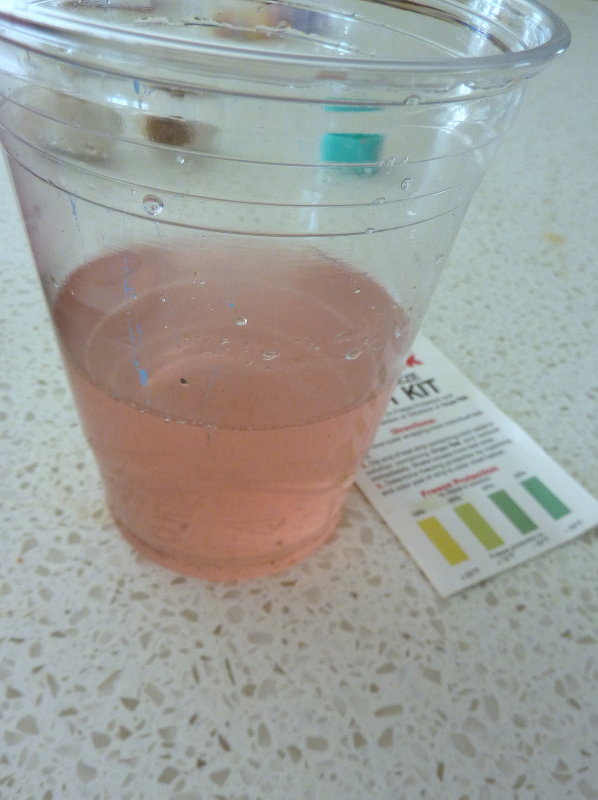I have always been amused at the different systems and gimmicks that boaters post about on the subject of engine winterization. Everything from devices that attach to the top of your strainer to plumbing systems that attach to the raw water pickup piping/hoses.
None of that is necessary or even makes engine winterizing easier.
Almost every marine engine whether propulsion or genset has a raw water strainer on the intake system. If you don't have one, you probably need to install one. To winterize, simply close the seacock that feeds the strainer, open the top on the strainer, start the engine and then pour antifreeze into the top of the strainer until a strong pink color comes out of the exhaust.
Preferably do this on the hard, so after you shut the engine down, you can put the top back on the strainer and open the seacock. This lets the water that is trapped inside the ball run out. If you don't do that you can ruin your seacock when the water inside the ball freezes.
Now some of you will say- won't the engine starve for coolant and overheat or won't running the engine dry harm it. No and no. At idle the engine produces very little heat and the few gallons of antifreeze going through will cool it fine. Running dry for a few seconds won't harm the engine either, particularly with antifreeze lubricating the impeller.
If you try this and your engine won't suck up the antifreeze, then you need a new impeller. I tried this procedure on my genset and couldn't get it to suck up antifreeze. So I pulled the cover off of the raw water pump and found half the vanes missing. Replaced the impeller and it sucked that antifreeze right up.
So, if installing aids to let you antifreeze your engine makes you happy, well fine. It won't make it any easier.
David
None of that is necessary or even makes engine winterizing easier.
Almost every marine engine whether propulsion or genset has a raw water strainer on the intake system. If you don't have one, you probably need to install one. To winterize, simply close the seacock that feeds the strainer, open the top on the strainer, start the engine and then pour antifreeze into the top of the strainer until a strong pink color comes out of the exhaust.
Preferably do this on the hard, so after you shut the engine down, you can put the top back on the strainer and open the seacock. This lets the water that is trapped inside the ball run out. If you don't do that you can ruin your seacock when the water inside the ball freezes.
Now some of you will say- won't the engine starve for coolant and overheat or won't running the engine dry harm it. No and no. At idle the engine produces very little heat and the few gallons of antifreeze going through will cool it fine. Running dry for a few seconds won't harm the engine either, particularly with antifreeze lubricating the impeller.
If you try this and your engine won't suck up the antifreeze, then you need a new impeller. I tried this procedure on my genset and couldn't get it to suck up antifreeze. So I pulled the cover off of the raw water pump and found half the vanes missing. Replaced the impeller and it sucked that antifreeze right up.
So, if installing aids to let you antifreeze your engine makes you happy, well fine. It won't make it any easier.
David







